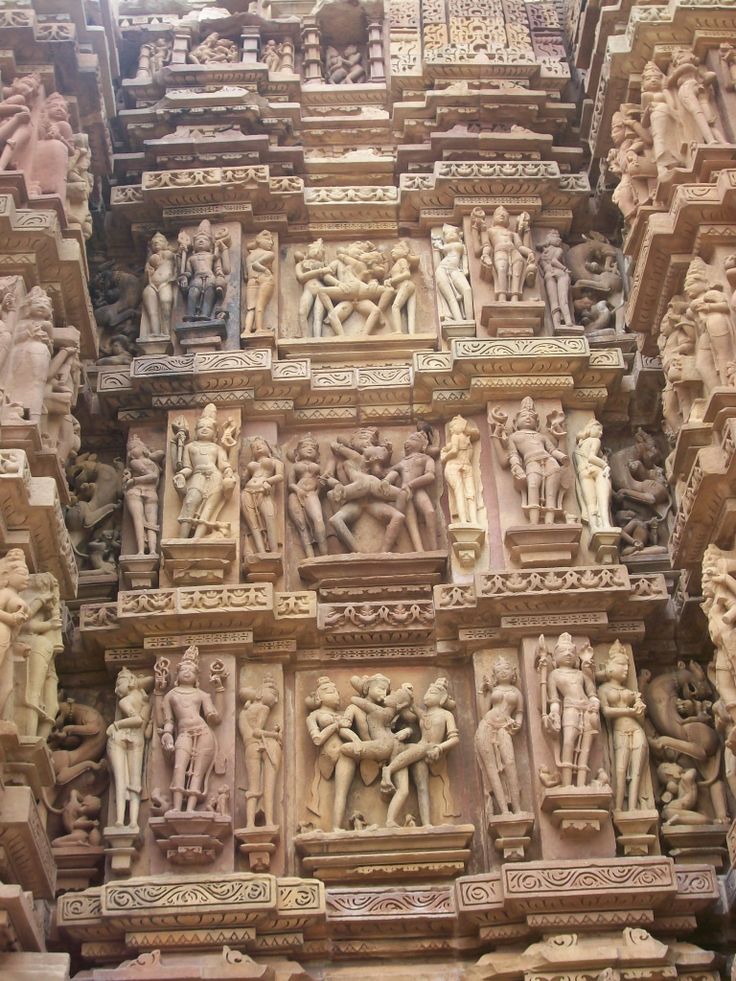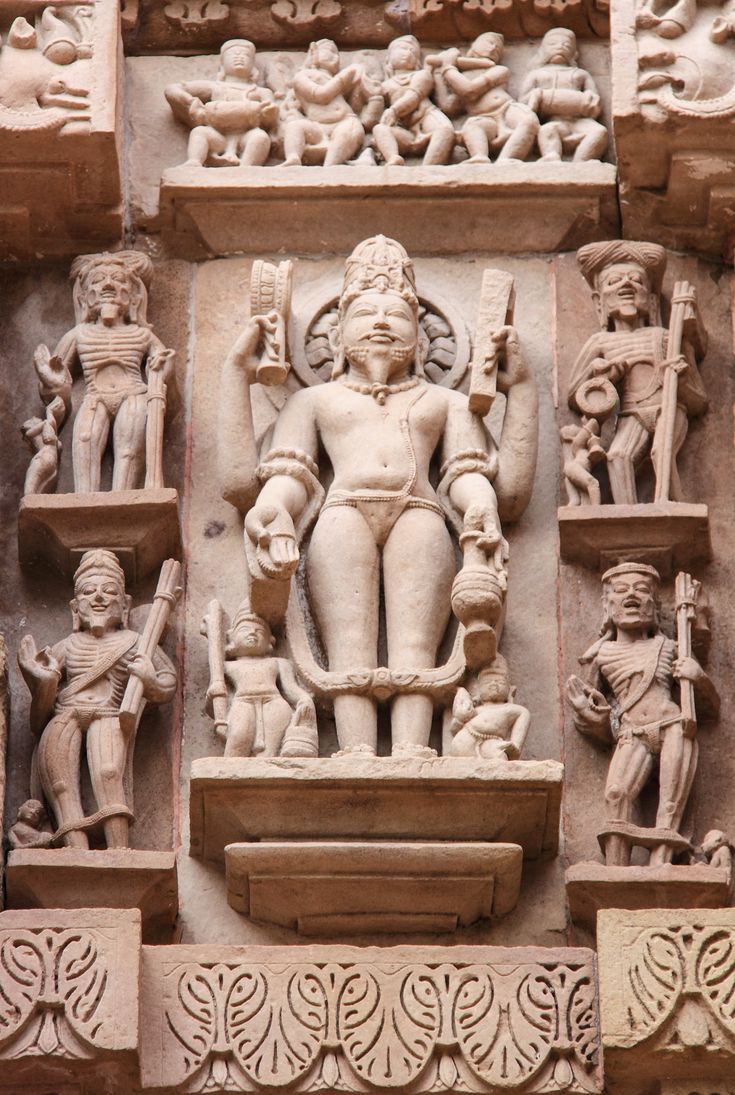History of Khajuraho
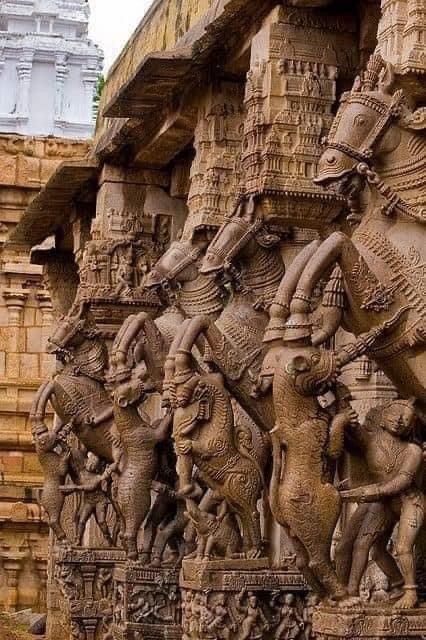
The Top travel Place Khajuraho temples in Madhya Pradesh are a stunning example of India’s architectural brilliance. Built by the Chandela dynasty between 885–1000 AD, only 25 of the original 85 temples remain today. As a result, these marvels are the pride of heritage tourism in India.
Moreover, the Chandelas promoted religious harmony by building temples that blend Hindu and Jain traditions. They thoughtfully organized these temples into Western, Eastern, and Southern groups, with the Western group featuring iconic shrines like Kandariya Mahadeva Temple and Lakshmana Temple.
In terms of design, architects crafted the temples in the Nagara style, carving intricate sandstone sculptures that portray gods, dancers, and scenes from daily life. Interestingly, around 10% of these artworks depict erotic temple sculptures, thereby reflecting Tantric traditions and symbolizing the union of the divine and the human.
Following the Chandelas’ decline, dense forests eventually covered the site for centuries. However, in 1838, British engineer T.S. Burt rediscovered the temples. Since then, UNESCO has recognized Top travel Place Khajuraho as a World Heritage Site, attracting travelers, scholars, and art lovers from around the world.
Whether you’re exploring through Khajuraho tour packages or creating your own journey, this site remains a must-visit in any Khajuraho travel guide. Ultimately, it’s one of the most iconic UNESCO sites in India, seamlessly blending art, spirituality, and history.
Architectural Marvels(Best Tourist Destination Khajuraho)
The temples of Khajuraho showcase brilliant Nagara-style architecture, renowned for their ornate carvings, detailed sculptures, and towering shikharas (spires). As such, they are a highlight of Khajuraho sightseeing and a major draw for tourists exploring heritage places in Madhya Pradesh.
Among them, the Kandariya Mahadeva Temple stands out as the largest and most intricate. Specifically dedicated to Lord Shiva, it features over 870 exquisite stone statues, thereby making it one of the top Khajuraho attractions.
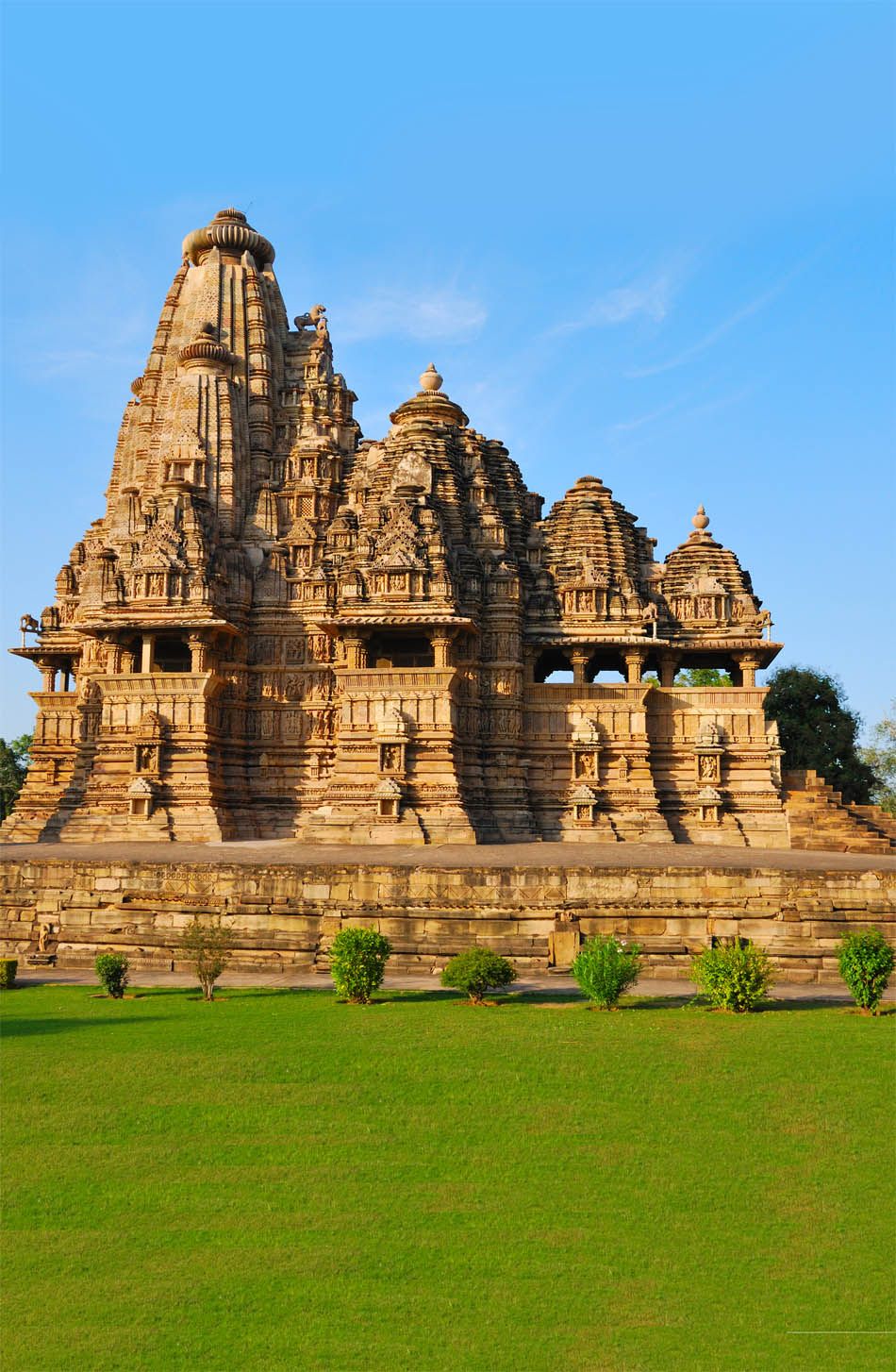
- Lakshmana Temple: Known for its intricate carvings and well-balanced dimensions, it is dedicated to Lord Vishnu.
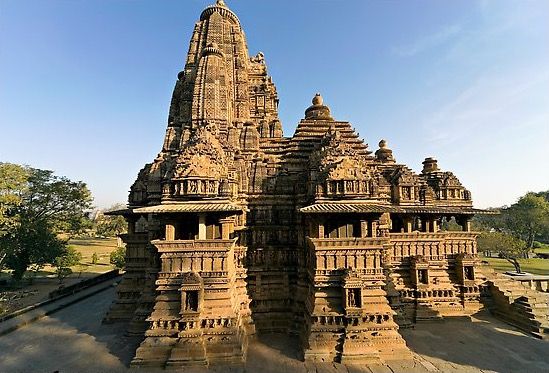
- Vishvanatha Temple: Known for its sculptures of legendary animals and heavenly maidens (surasundaris), it is also devoted to Shiva.
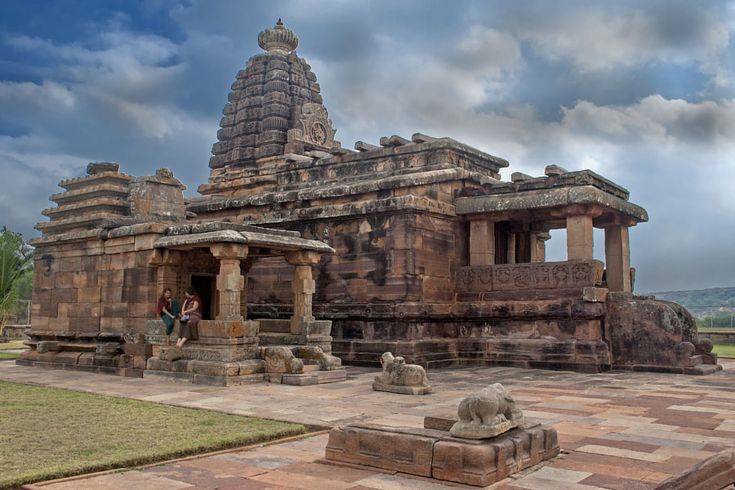
- Chaturbhuj Temple: Unique for its lack of erotic sculptures, dedicated to Vishnu, and known for its serene ambiance.
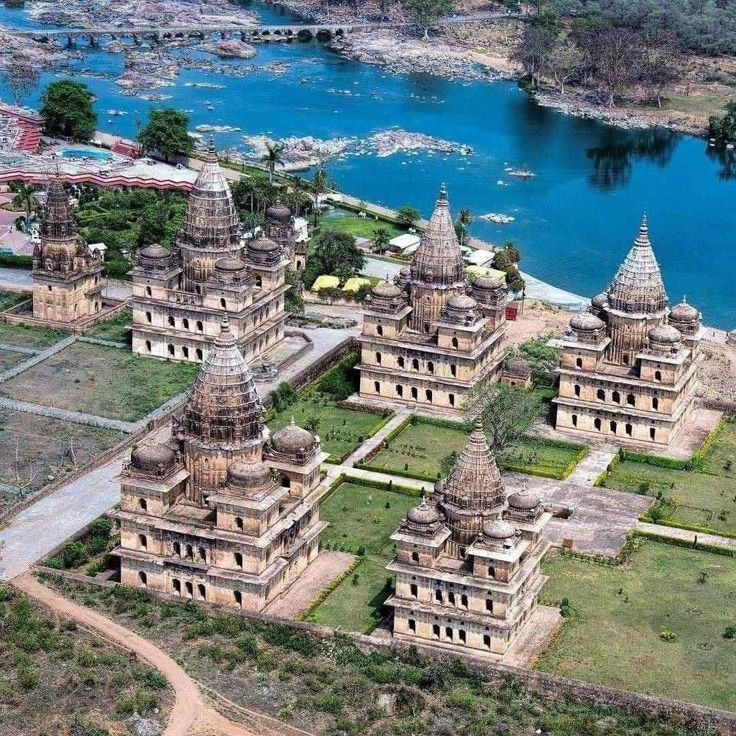
- Duladeo Temple: Shiva is the subject of the last Chandela temple, which has sculptures that are softer and more expressive.
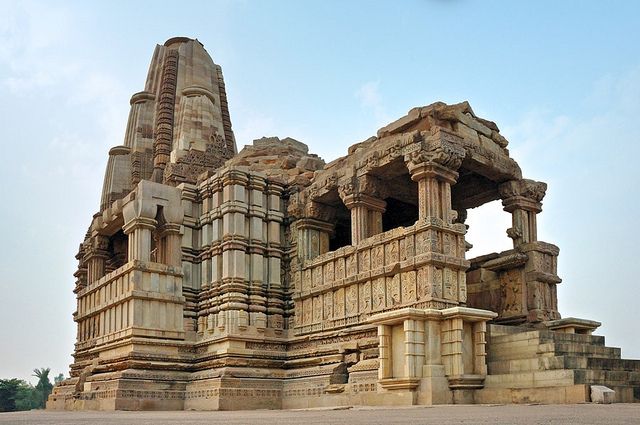
Devi Jagdamba Temple(Top Tourist Spot in Khajuraho)
Devotees worship Goddess Parvati at Khajuraho’s Devi Jagdamba Temple. The temple features exquisitely carved exterior walls adorned with elaborate sculptures that beautifully blend sensuality and spirituality.
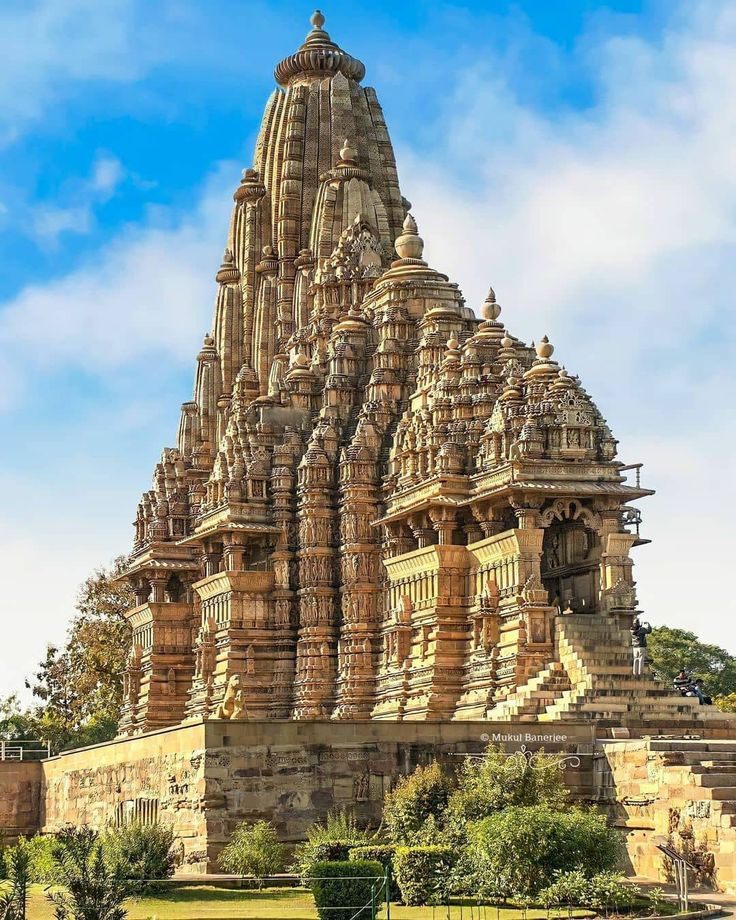
Symbolism and Sculptures(Famous Travel Attraction Khajuraho)
Though often noted for its erotic sculptures, only about 10% of the artwork at this Khajuraho heritage site is sensual in nature. Most carvings reflect daily life, deities, and mythological scenes, highlighting the richness of life and love in Indian art.
Scholars believe the Khajuraho erotic sculptures symbolize spiritual liberation through worldly experiences. Some suggest they were used to educate young initiates about the transition from celibacy to domestic life. Others see them as rooted in Tantric traditions, symbolizing the union of the soul with the divine.
Religious Harmony(Must-Visit Place in Khajuraho)
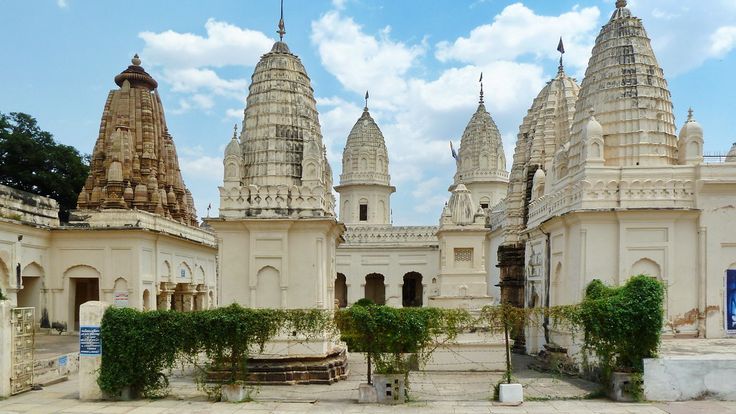
“The Khajuraho complex features both Hindu and Jain temples, thereby reflecting a civilization that valued religious harmony and tolerance. Moreover, this diversity clearly demonstrates how Indian society during the Chandela period embraced and practiced multiple faiths.”
Preservation and Tourism(Must-Visit Place in Khajuraho)
UNESCO designated Khajuraho as a World Heritage Site in 1986, attracting travelers, academics, and art lovers from around the world. The Archaeological Survey of India actively preserves these monuments to ensure they continue to inspire and educate future generations.
Conclusion
India’s deep intellectual understanding, creative prowess, and rich cultural legacy are all demonstrated by the Khajuraho temples. They urge guests to recognize the intricacy and beauty of human expression while provoking reflection on the relationship between the sensuous and the spiritual.
Photo gallery
